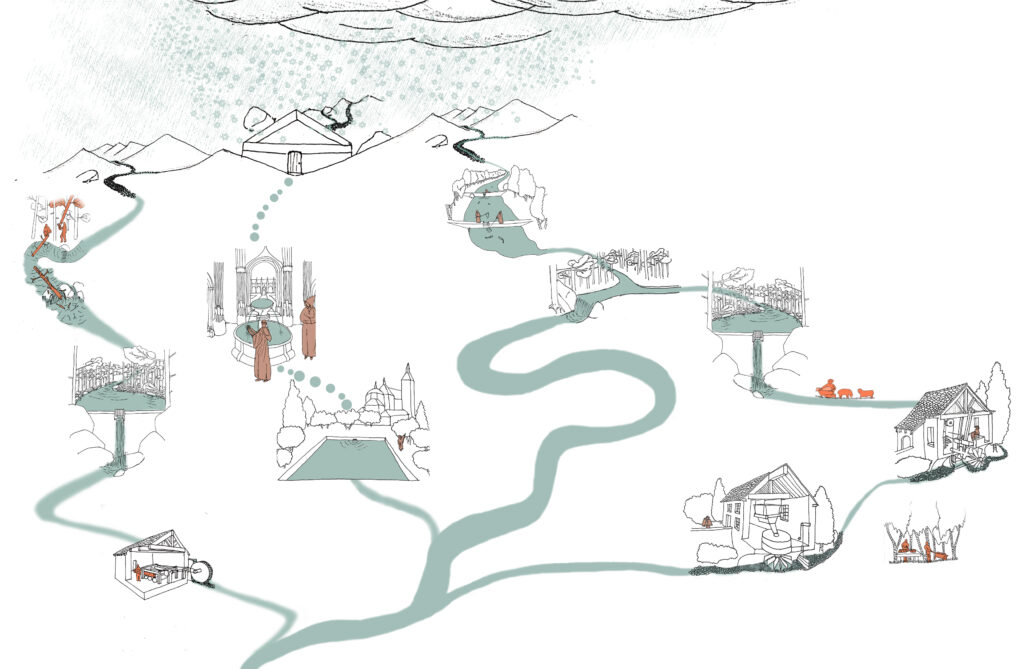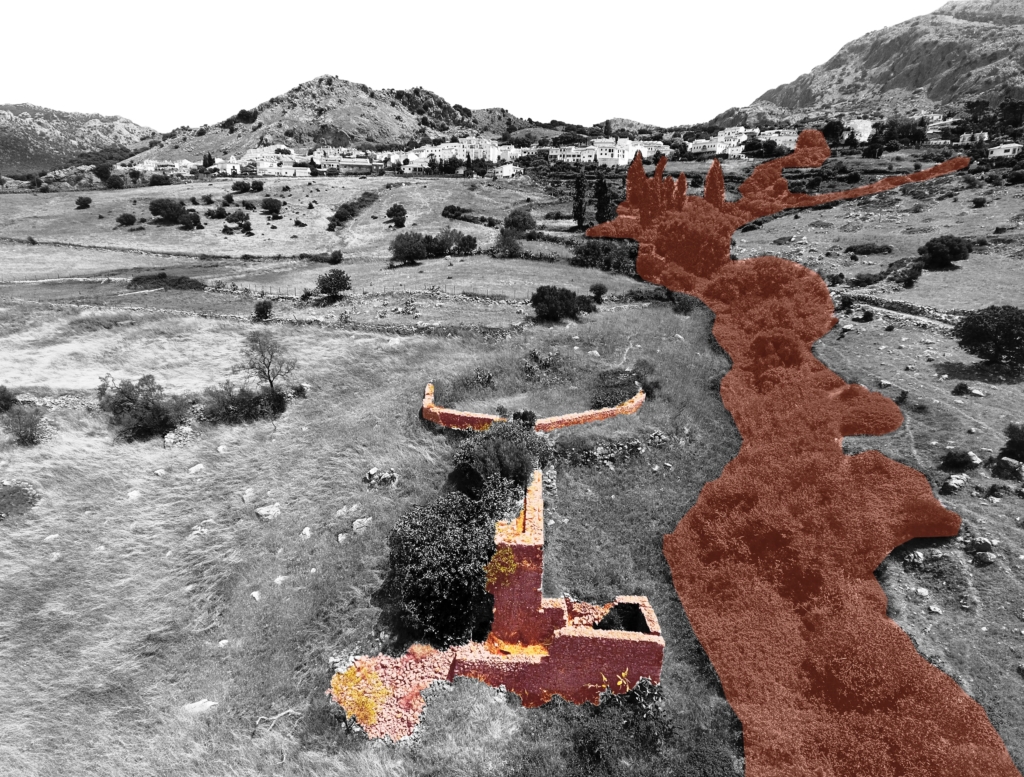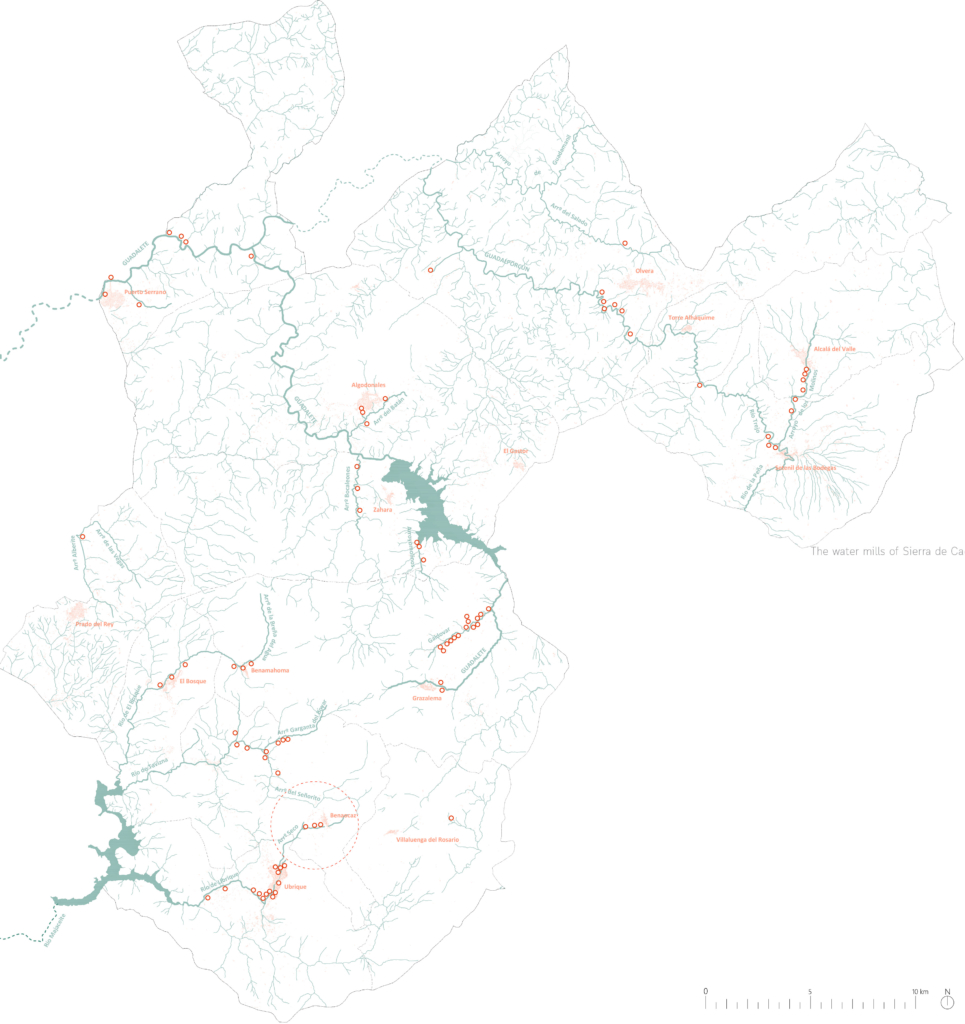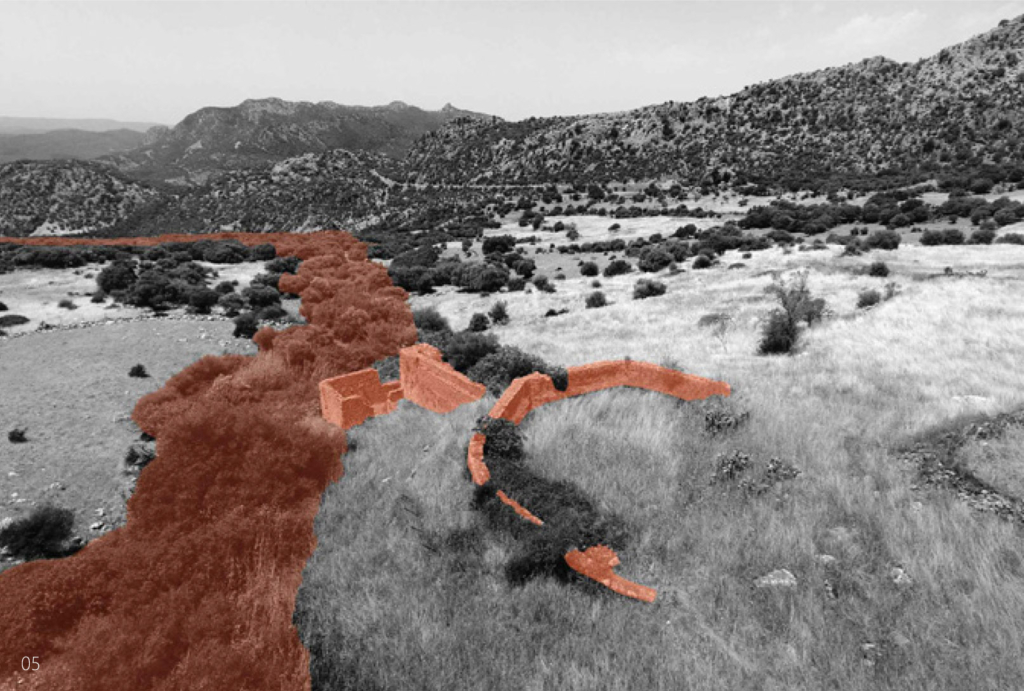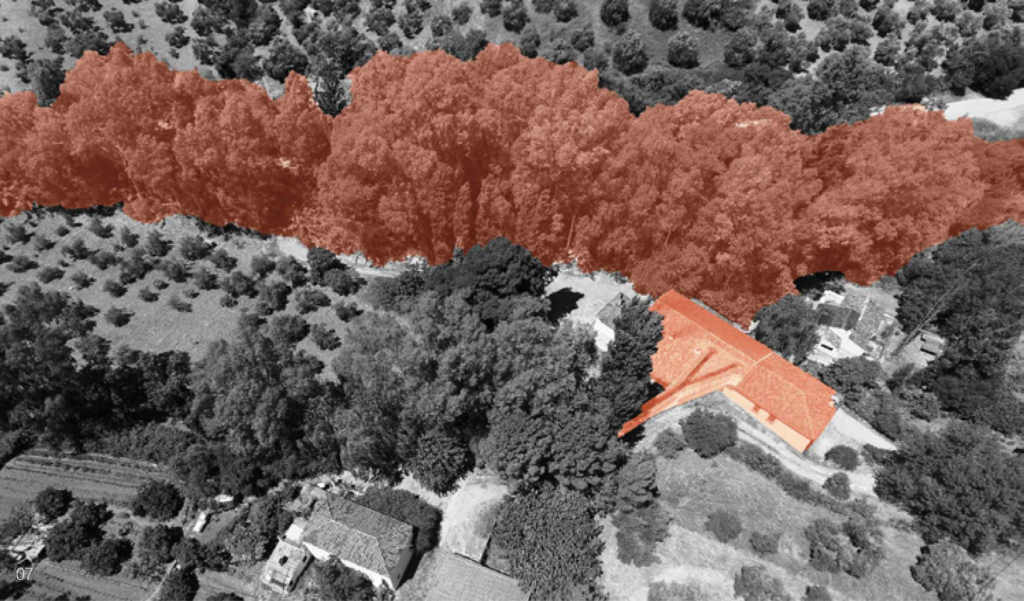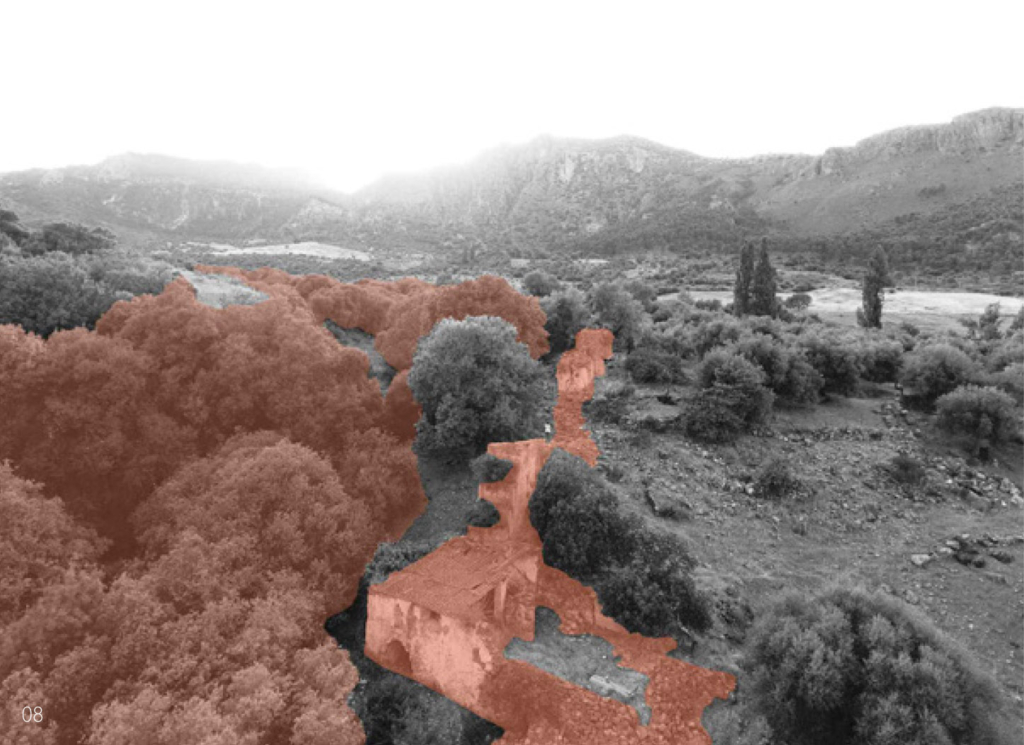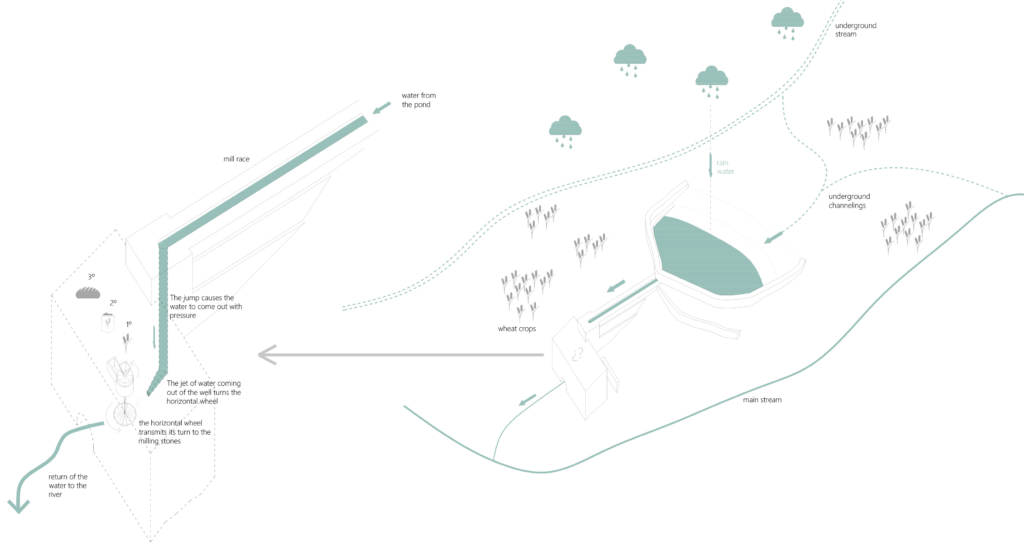
Water Late Medieval Systems including
Javier Sanchez Jimenez
mills, fish farms and dams in El Paular charterhouse,
Spain
2023
The Valley of Rascafria is a narrow dale which opens to towards the North, located in the Sierra de Guadarrama, the north-western border of the Madrid region in Spain. The valley has a minimum altutude of 1125 above sea level and it is surrounded by mountains over 2000 meters high.
The monastery lands are situated within the upper Lozoya catchment area. This basin is a valley encircled by steep mountains that encircle a flatter plateau. one could suppose that this plain would be a fitting place for agriculture; however, the soil is too rocky for that. Regarding the quality of the water, it is exceptionally good since it comes from either rainfall or melted snow that runs down through a hard soil, which prevents it from contaminating with sediments.
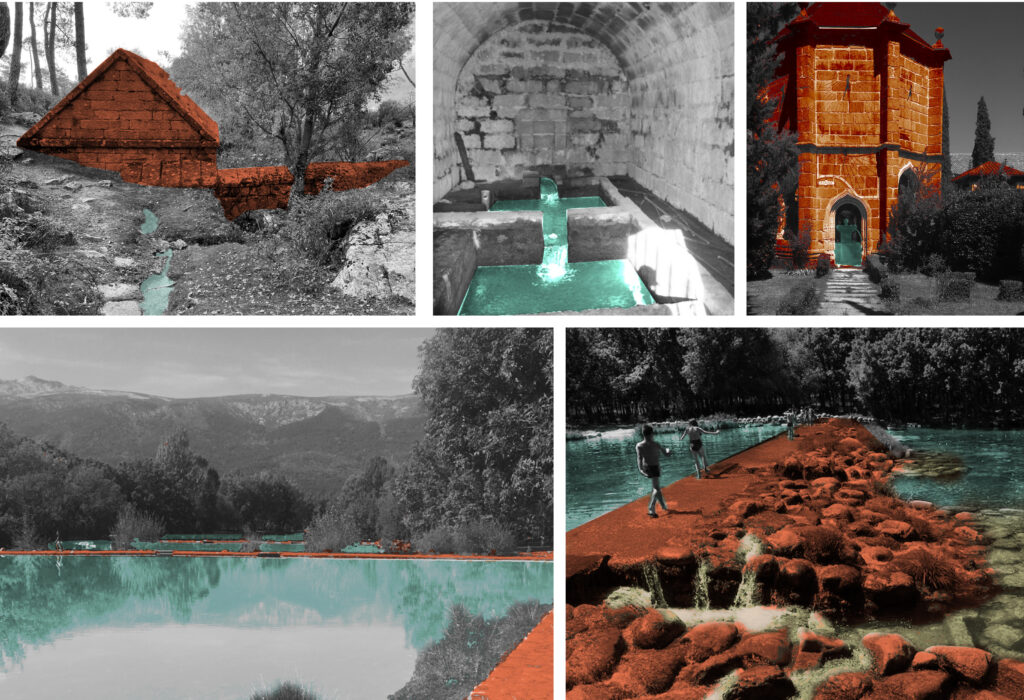
The water system was heavily modified, by the construction of consecutive dams. However, it is very significant to note that the ones that interrupted the river – the fish farms- were relatively short, not more than a meter and a half high. The only exception is the modern hydroelectric plant’s dam The higher ones, corresponding to the mills, are separated from the main river course, from which the water is diverted to them through canals. In consonance with modern times, new recreational facilities have been introduced, such as the lake of the Finnish forest or the reuse of the old fish farms as swimming pools.

Circular Stories
The existing watersystem is the origin of all the economical activities in the area and deeply intertwined with the kind of society that was able to settle and thrive here: one that did not depend on crops and had an easy access to grain- a log-lasting produce that could be grinded into flour to make bread and within an easy reach in the Castillian Moors, just at the other side of the mountains. This implied a certain level of initial wealth that enabled them to buy or build the high tech equioement needed in the watermills to produce the expensive elaborate products in which the monastery based their wealth.

